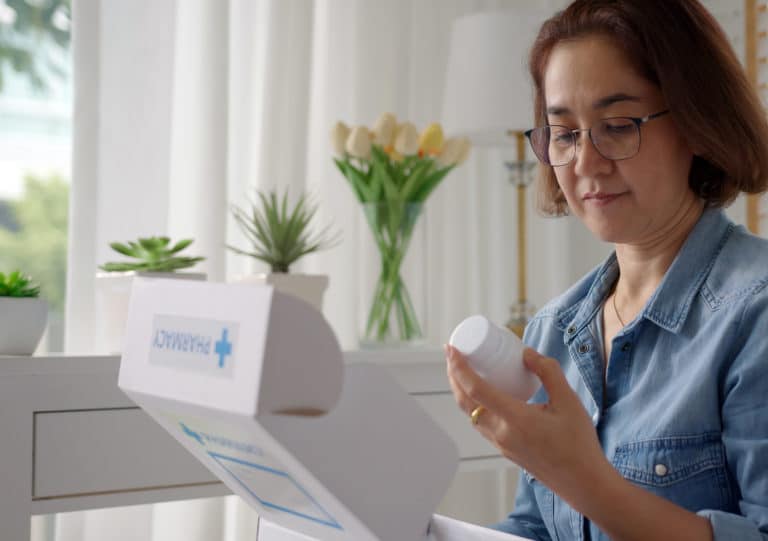Medrio’s ePRO Accreditation eLearning Takes Silver in Davey Awards
Medrio, a global leader in eClinical software and services used in decentralized, hybrid, and traditional clinical trials, is pleased to announce it received a Silver Award at the 2022 Davey Awards for its “Build It Better: ePRO Accreditation Program.”







